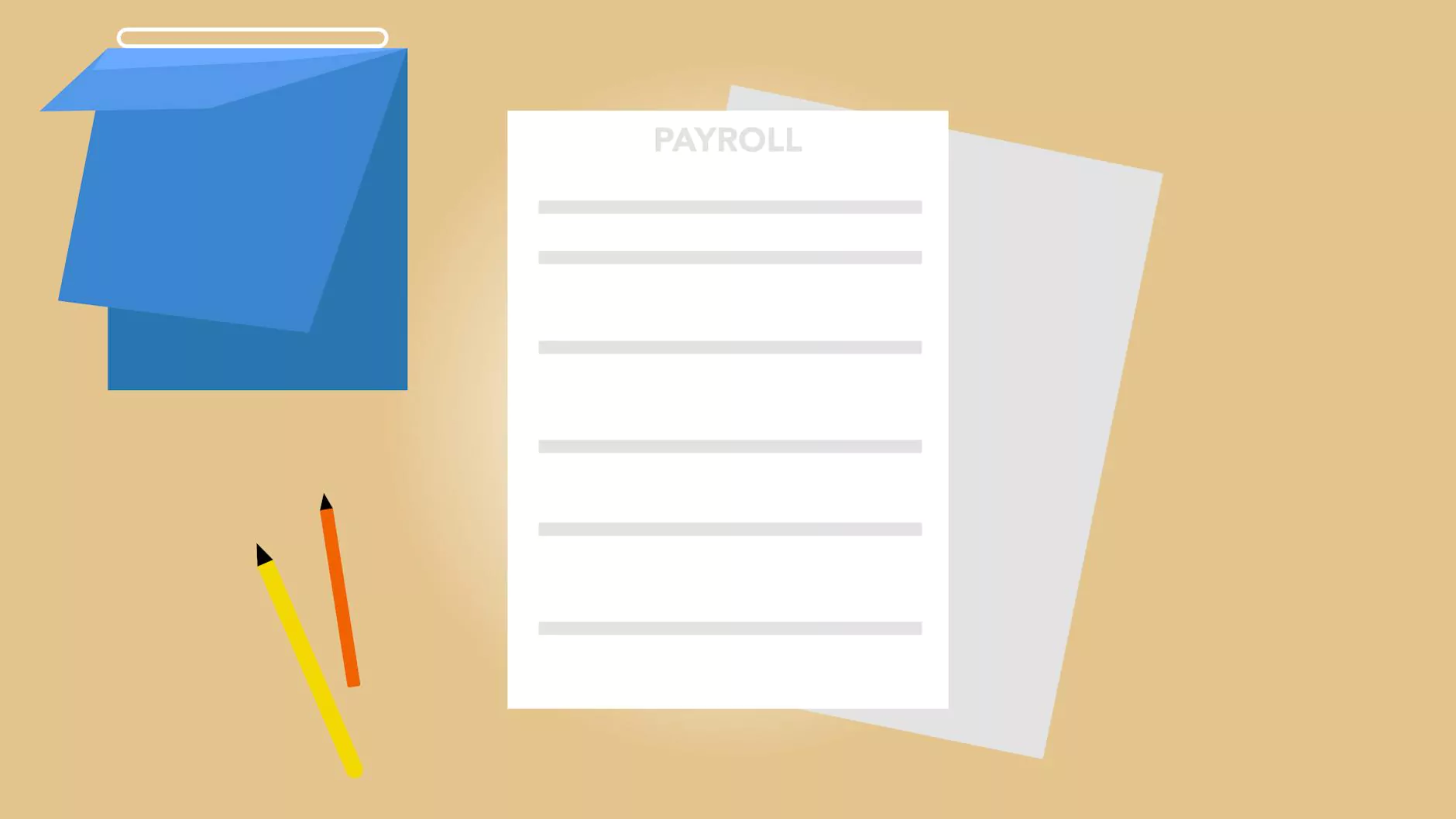The Ultimate On-Page SEO Optimization Guide by Illustrato Design
SEO Services
Are you looking to improve your website's visibility and performance on search engines? Welcome to Illustrato Design's comprehensive guide on on-page SEO optimization. In today's digital landscape, mastering the art of on-page SEO is crucial for businesses and individuals looking to enhance their online presence and attract more organic traffic.
What is On-Page SEO?
On-page SEO refers to the practice of optimizing individual web pages to rank higher and earn more relevant traffic in search engines. It involves optimizing both the content and HTML source code of a page to make it more search engine-friendly. By implementing on-page SEO best practices, you can improve your website's visibility, relevance, and overall user experience.
Key Elements of On-Page SEO
When it comes to optimizing your website for search engines, there are several key elements to consider:
- Keyword Research: Conduct thorough keyword research to identify the most relevant and high-ranking keywords for your content.
- Content Optimization: Ensure that your content is well-written, relevant, and optimized for your target keywords.
- Title Tags and Meta Descriptions: Craft compelling title tags and meta descriptions that accurately describe your content and encourage clicks.
- URL Optimization: Use SEO-friendly URLs that include target keywords and accurately reflect the content of the page.
- Internal Linking: Create a logical internal linking structure to help search engines understand the context and hierarchy of your website.
- Image Optimization: Optimize your images with descriptive filenames, alt text, and proper file sizes to improve user experience and SEO performance.
- Mobile-Friendliness: Ensure that your website is responsive and mobile-friendly to provide a seamless user experience across all devices.
How to Do On-Page SEO
Now that you understand the key elements of on-page SEO, let's explore how you can effectively optimize your website for search engines:
1. Conduct Keyword Research
Start by identifying relevant keywords for your content using tools like Google Keyword Planner or SEMrush. Focus on long-tail keywords that are specific to your niche and have low competition.
2. Optimize Your Content
Ensure that your content is well-written, informative, and valuable to your audience. Use target keywords naturally throughout your content while maintaining readability and user engagement.
3. Enhance Meta Tags
Optimize your title tags and meta descriptions with relevant keywords to improve click-through rates and search engine visibility. Keep your meta tags concise, compelling, and accurately reflective of your content.
4. Utilize Heading Tags
Organize your content using heading tags (H1, H2, H3, etc.) to create a clear hierarchy and structure for both users and search engines. Use keywords in your headings to signal the relevance of your content.
5. Image Optimization
Optimize your images by using descriptive filenames and alt text that include relevant keywords. Compress images to improve page load speed and overall user experience.
6. Monitor Performance
Track the performance of your on-page SEO efforts using tools like Google Analytics and Google Search Console. Analyze key metrics such as organic traffic, keyword rankings, and user engagement to make data-driven optimizations.
Conclusion
Mastering on-page SEO optimization is essential for improving your website's search engine visibility and attracting more organic traffic. By following the best practices outlined in this guide, you can enhance your SEO performance and achieve better results in search engine rankings. For expert guidance and support with your on-page SEO strategies, partner with Illustrato Design, your trusted ally in digital marketing success.









